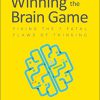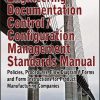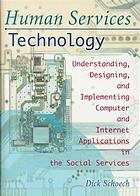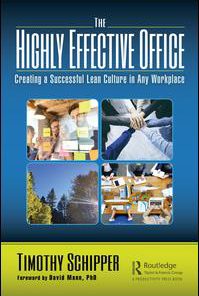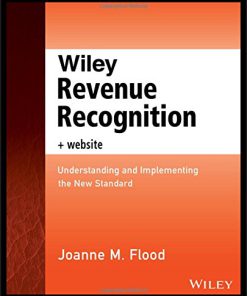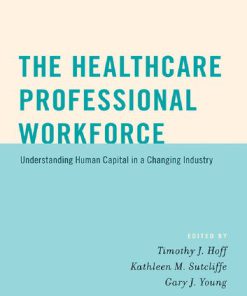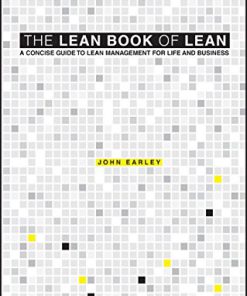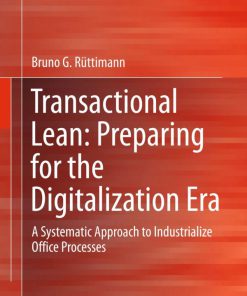Office Lean Understanding and Implementing Flow in a Professional and Administrative Environment 1st Edition by Ken Eakin ISBN 0367196646 9780367196646
$50.00 Original price was: $50.00.$25.00Current price is: $25.00.
Office Lean Understanding and Implementing Flow in a Professional and Administrative Environment 1st Edition by Ken Eakin – Ebook PDF Instant Download/Delivery: 0367196646 , 978-0367196646
Full download Office Lean Understanding and Implementing Flow in a Professional and Administrative Environment 1st Edition after payment
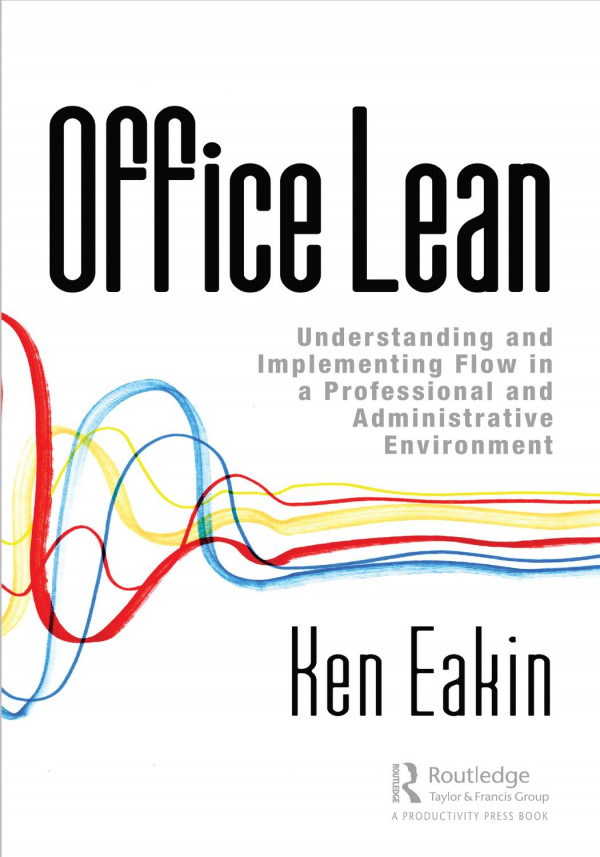
Product details:
ISBN 10: 0367196646
ISBN 13: 978-0367196646
Author: Ken Eakin
Struggling to apply Lean effectively in your office environment? Office Lean is a book for anyone who wants to apply Lean better in contexts where the work is both intangible and complex. it explains in simple terms, what Lean is — and what Lean isn’t — enabling office professionals to understand how it can be successfully applied to their complex office-based work environments.
Contrary to popular opinion, Lean is not only for mass manufacturing or healthcare. It applies just as much to the digital world of “knowledge work” industries such as banking and financial services, software development, and government. But the fundamental concepts, straight from the factory floor, need a fair amount of translation to be effectively applied in cube farms.
Overturning the common perception that Lean is about imposing rigid rules, or simply eliminating waste in the name of “efficiency”, Eakin presents Lean as a dynamic, flexible, people-centric philosophy that delivers outstanding business results by improving employee engagement and customer experience.
Office Lean helps Lean practitioners (leaders/managers and coaches/consultants) working in professional office environments access the amazing, transformative results Lean can bring to their specific domains. It combines clear explanations of the core concepts of the Lean philosophy with relevant, practical examples from the fields of accounting, finance, insurance, IT and government.
Office Lean Understanding and Implementing Flow in a Professional and Administrative Environment 1st Table of contents:
PART I: GRASPING THE SITUATION
This section introduces the legacy of industrial management and explores different types of efficiency, including resource efficiency and mass production. It discusses how these systems impact behavior and focuses on the importance of system thinking, flow, and addressing unseen waste.
- The Legacy of Industrial Management
- Two Types of Efficiency
- Changing the System
PART II: DESIGNING FOR FLOW
This part dives into the concept of “flow,” which is a key principle in Lean management. Topics include creating flow, understanding handoffs, the design principles of continuity and balance, and the challenges of managing customer experience and variation in processes.
- Understanding Flow
- Busy Does Not Mean Productive
- Design Principle I: Continuity
- An Accounting Story
- Design Principle II: Balance
- Creating Balance
- The CapCell Experiment
- The Seven Gates of Hell
PART III: THINKING BEYOND FLOW
The final section focuses on problem-solving, standards, automation, and leadership in a Lean context. It emphasizes the importance of understanding customer value, setting standards, using digital tools appropriately, and creating alignment within the organization.
- Prerequisites to Problem Solving
- Start with Standards
- Using Standards to Create Flow
- Lean Thinking and the Digital Age
- Automation and Imbalance
- Lean Leadership and Strategy
People also search for Office Lean Understanding and Implementing Flow in a Professional and Administrative Environment 1st:
understanding office 365
lean office examples
introduction to lean office and service quizlet
what are the 5 principles of lean thinking
knowledge of lean principles
Tags:
Ken Eakin,Office,Lean,Understanding,Implementing,Flow,Professional,Administrative,Environment 1st
You may also like…
Computers - Networking
Business & Economics - Management & Leadership
Business & Economics
Medicine
Enabling People with Dementia Understanding and Implementing Person Centred Care Pat Hobson
Business & Economics - Management & Leadership
Computers - Programming
Engineering - Industrial Engineering & Materials Science
Computers - Programming


